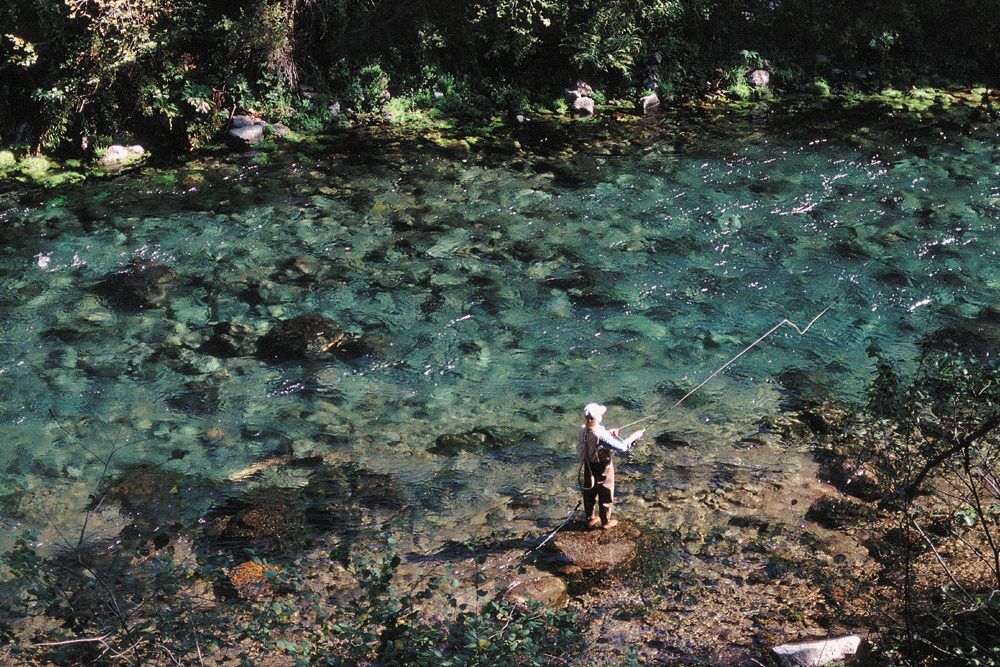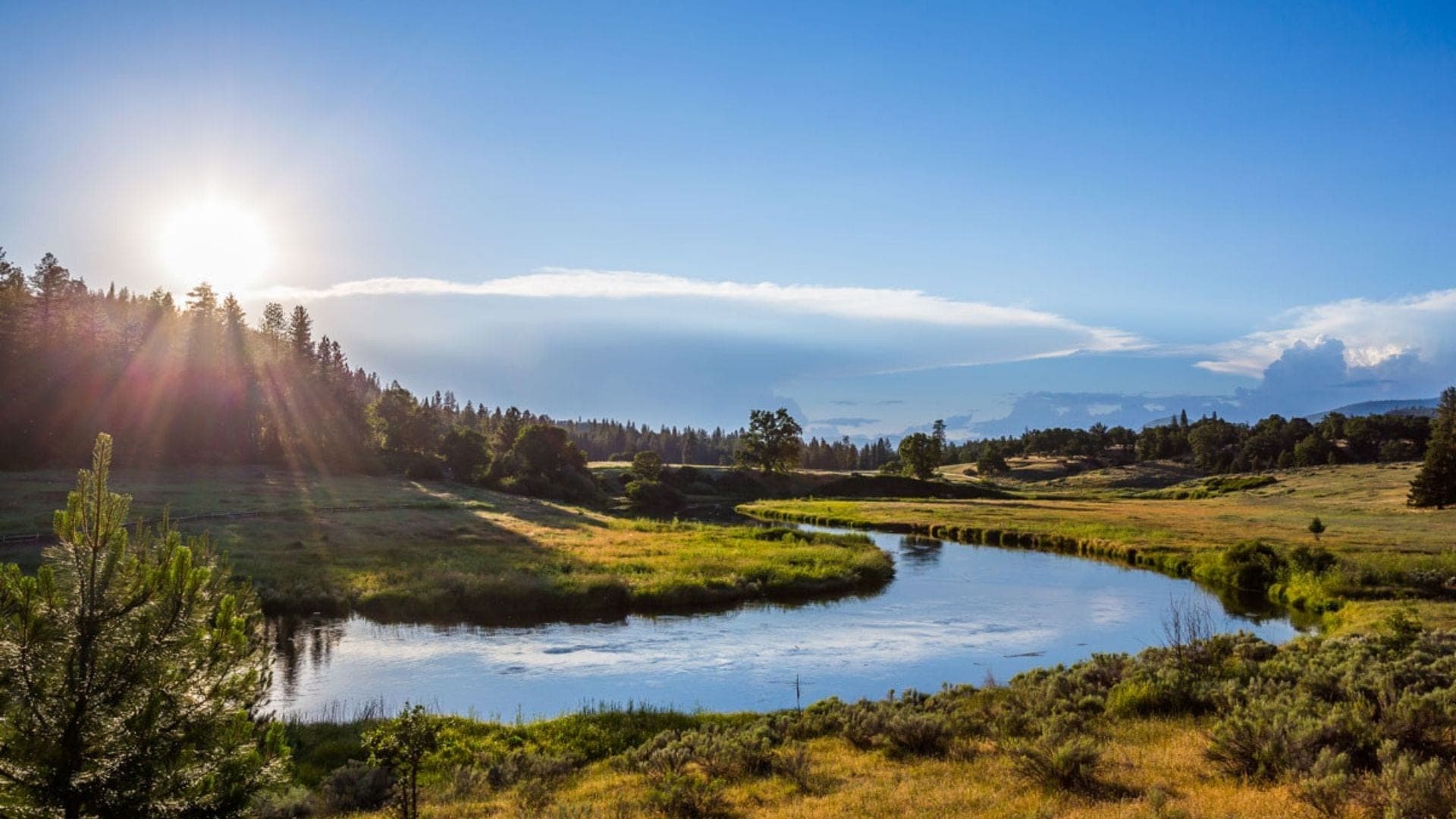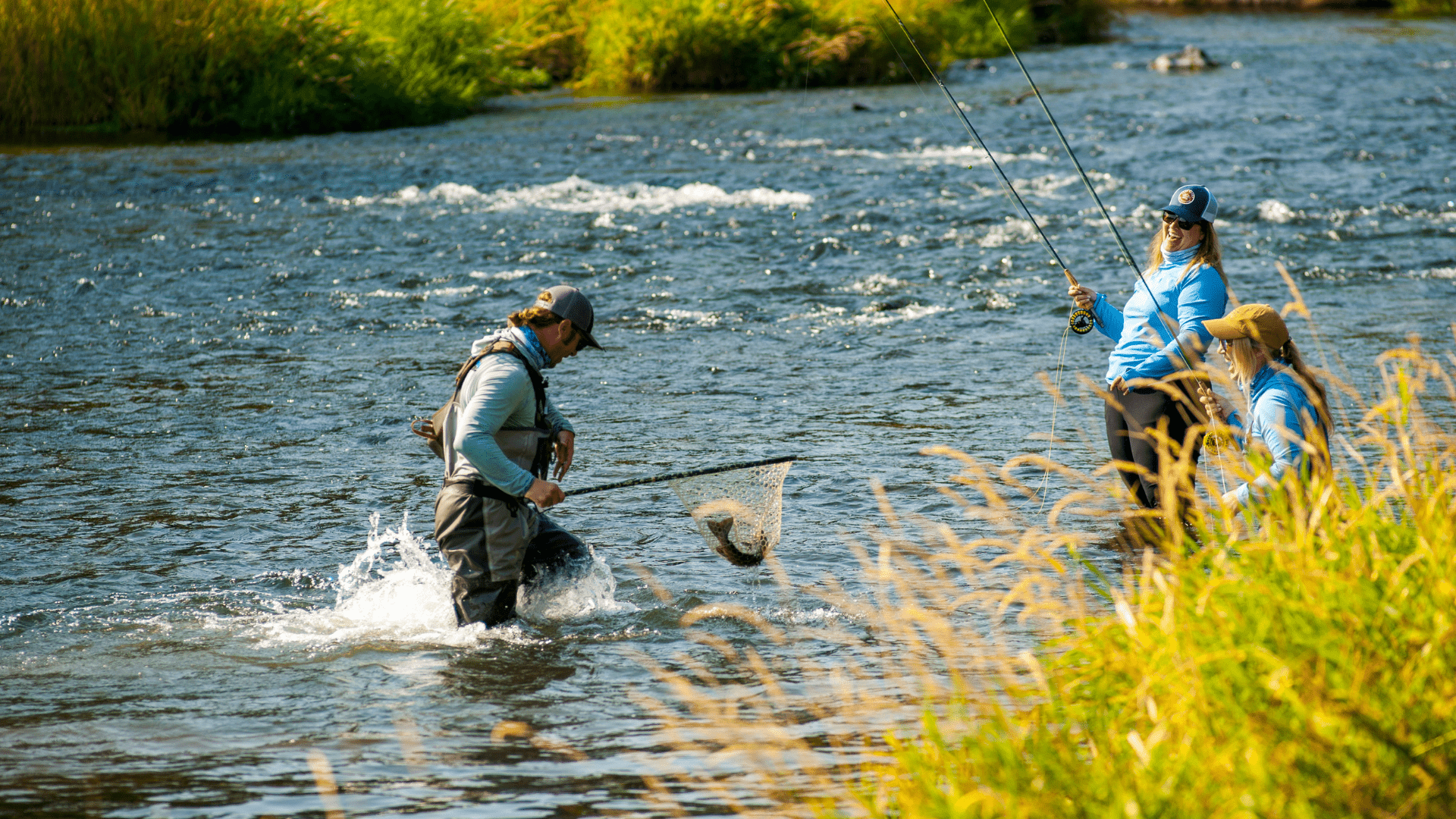

By Darren Mierau, North Coast Director, and Matt Metheny, North Coast Program Manager
Near the city of Eureka in Humboldt County, a large restoration project is nearly complete to restore the estuarine reach of the Cochran Creek watershed. The tidal marshes of the Cochran Creek estuary once provided important brackish water habitat for coho, Chinook, cutthroat, and steelhead, and supported a broad array of birds and other wildlife. However, beginning in the early 1900s, almost all of these tidal marsh lands surrounding Humboldt Bay, including Cochran Creek, were diked off and converted to ranch lands. As a result of these activities, the Cochran Creek estuary became disconnected from the spawning grounds in the upper watershed, and no longer provided quality fish habitat or a connection to Humboldt Bay.
To address these problems, CalTrout implemented the Cochran Creek Fish Passage and Habitat Rehabilitation Implementation Project, allowing fish passage into Cochran Creek to help sustain populations of coho, steelhead, and coastal cutthroat trout, while enhancing and expanding productive tidal, brackish, freshwater, and riparian habitats.
In summer 2021, CalTrout’s North Coast program launched the construction phase of the Cochran Creek project. The project planning was actually initiated way back in 2006 but was put on hold when the prior landowner sold the property. Now, speaking on behalf of our funders (the State Coastal Conservancy, California Department of Fish and Wildlife, and the California Natural Resources Agency), our partners at Northern Hydrology and Engineering, Thomas Gast and Associates, Nehalem Marine, Alluvion, and Pacific Earthscape, plus project manager Matt Metheny and yours truly, the North Coast Director at CalTrout, it’s safe to say that we are very excited to see this project come to fruition.
Cover Photo: Emily Elizabeth, Terrandale Photography


So, what’s this project all about?
Well, it’s got a good bit of everything. First off, the watershed that historically supported Coho salmon, steelhead trout, and coastal cutthroat trout had been cut off from its connection to Humboldt Bay for more than a century by the presence of tidegates (essentially a “one-way valve” allowing freshwater to drain out but prevents saltwater from encroaching to the former tidelands). Reconnecting the spawning reaches of the upper watershed to Humboldt Bay was a top priority for this project. Fortunately, that part is already done! In July 2021, we replaced the old-school “top-hinged” tidegate that prevents fish passage with newfangled “side-hinged” tidegate technology. The new tidegate swings open with minimal outward force and will stay open much longer than the waterlogged timbers of the old tidegate, which could barely move. This single step to allow fish passage is amazingly simple and elegant; it’s incredible that it’s not being done everywhere already. But with the persistent hand of CalTrout and our partners, we’ve been patiently working with private landowners to “git’er done”.
Photo: Emily Elizabeth, Terrandale Photography
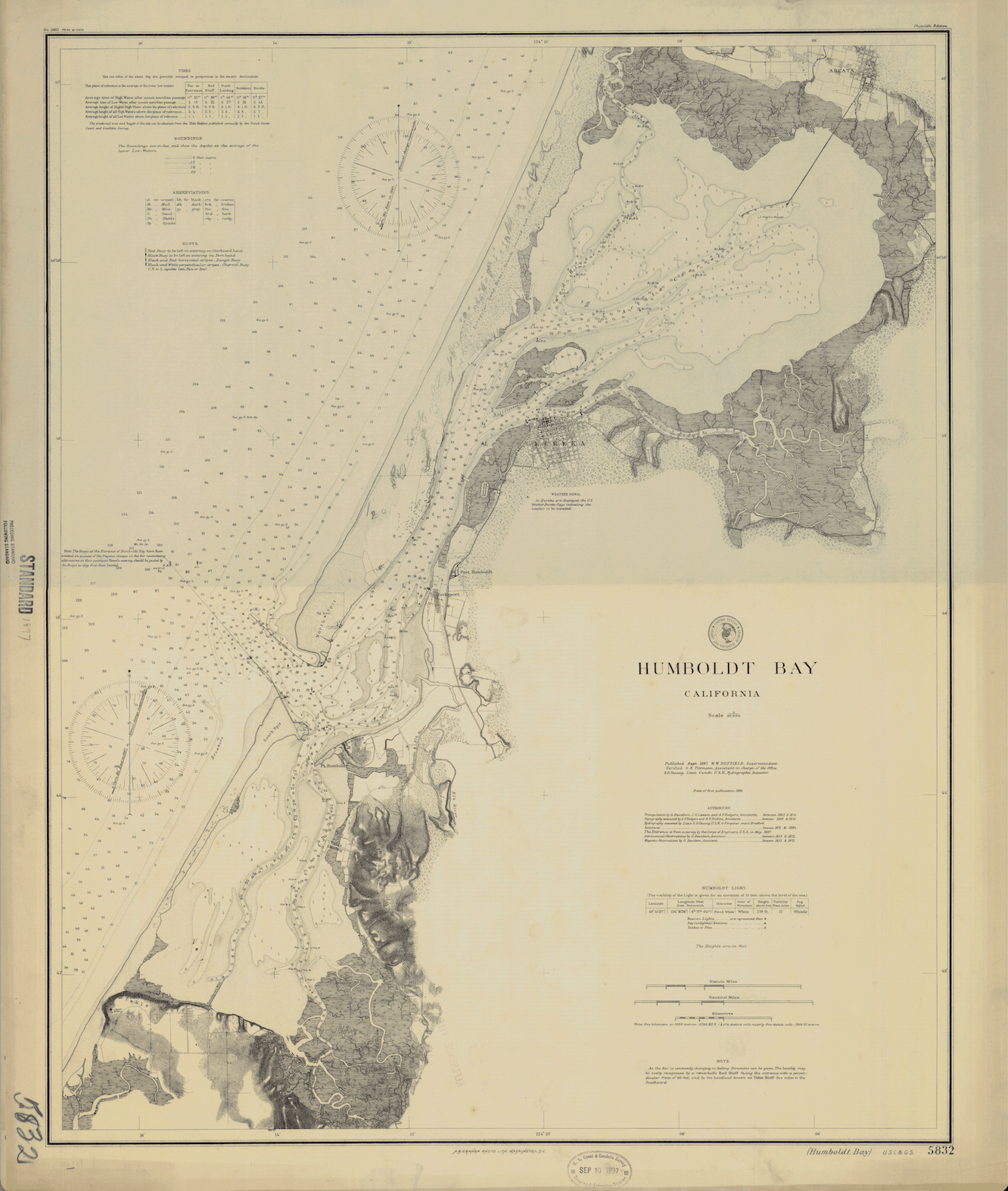
Second, we want to improve fish habitat in this highly productive transitional zone between the watershed and the Pacific Ocean, these former freshwater, brackish, and salt marsh “tidelands”. Brackish water estuaries like this are critical for salmonid smolts during their transformation from freshwater juveniles to ocean-going adults. They give juvenile fish the time, space, and protection they need to make the difficult adjustment to full strength seawater. These estuaries also have incredibly rich and productive food webs, providing rapid growth to smolts before they risk entry into the open ocean. When it comes to survival of smolts leaving freshwater, bigger is better! We’ve long identified these types of habitats as a critical limiting factor for juvenile salmonids, but their restoration is painstakingly slow and complex because these lands are also equally productive agricultural lands! In the case of Cochran Creek, the landowners John and Heather own and operate an organic farm. So, our project outcome is also intended to help protect their agricultural uses of this land by improving drainage and reducing flooding.

Project construction
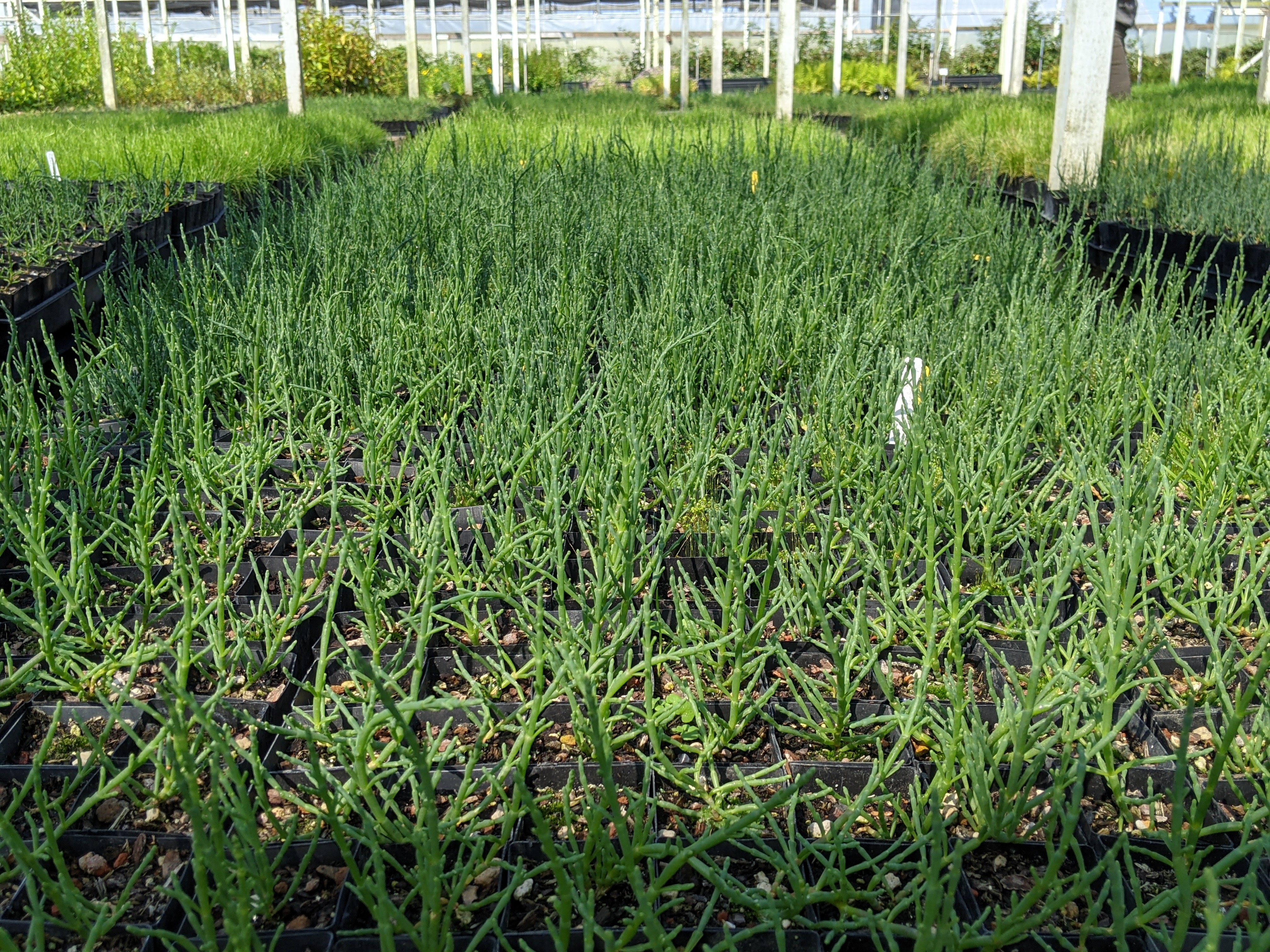
The third important habitat feature we’re restoring in the Cochran Creek project is the wetland and riparian vegetation zone. This area is critically important and has also been heavily impacted by the land conversion to monotypic pasture lands. The wetland plants, riparian trees and understory shrubs provide critical habitat to numerous bird, amphibian, and small mammal species. Since tidal wetlands have been diminished in Humboldt Bay by more than 90%, the opportunity to restore this habitat is important. In this Cochran Creek Fish Passage and Channel Restoration Project, we have an excellent plan to restore this valuable tidal wetland and riparian habitat. To give you an idea of the scale, we’ve developed a simple palette of 10 different wetland plant species and more than 53,000 individual plants. This revegetation component of our project includes over 45,000 wetlands plant “plugs”, and many hundreds of redwood, Sitka spruce, and alder trees. It’s an amazing opportunity to re-create the tidal and freshwater ecosystems that persisted here for millennia before the land was converted to pasture.
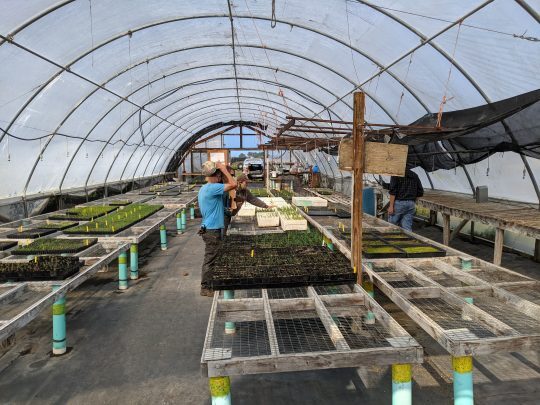
Wetland plants growing in Samara Nursery, in preparation for revegetation.
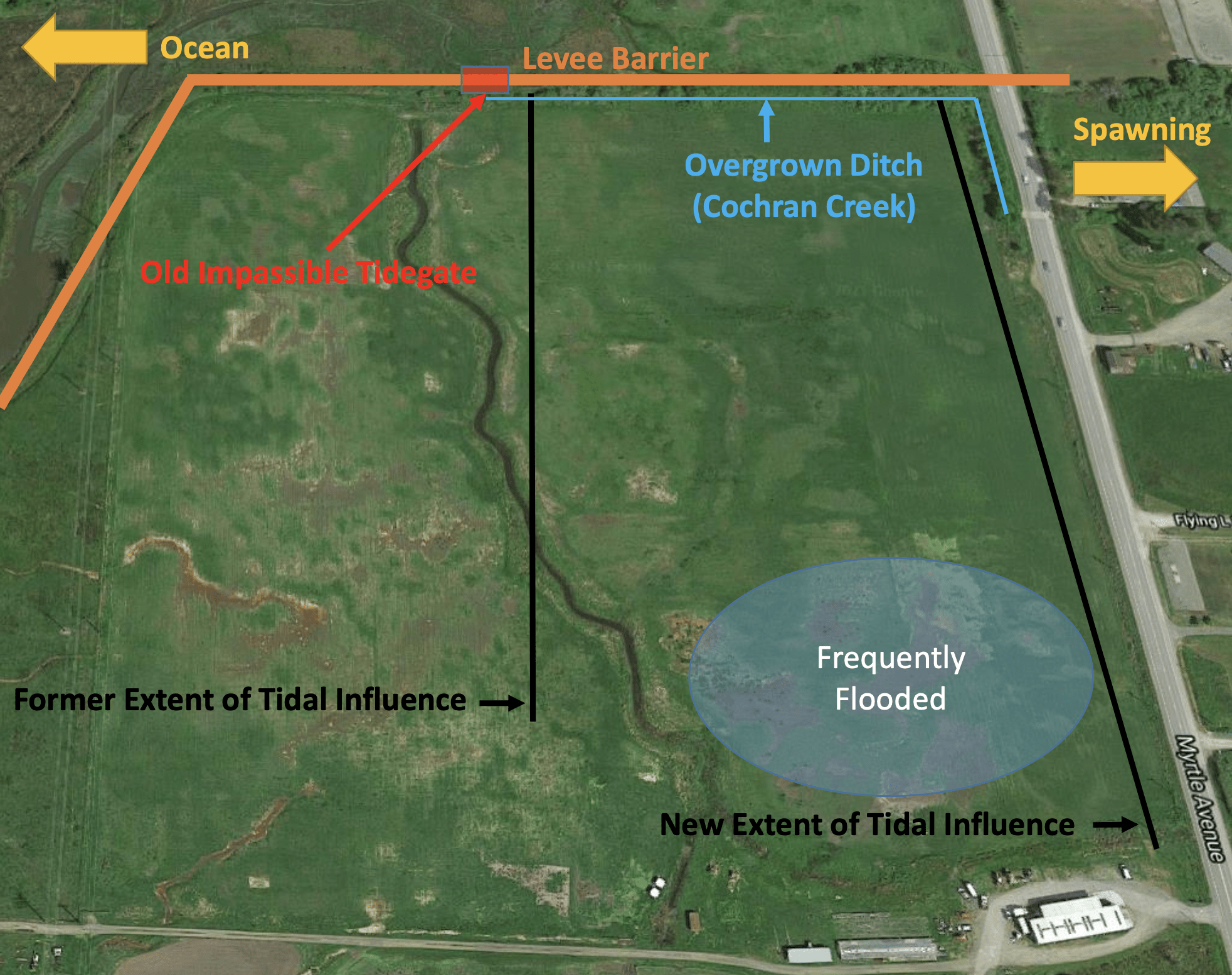
Project diagram 1.

Project diagram 2.
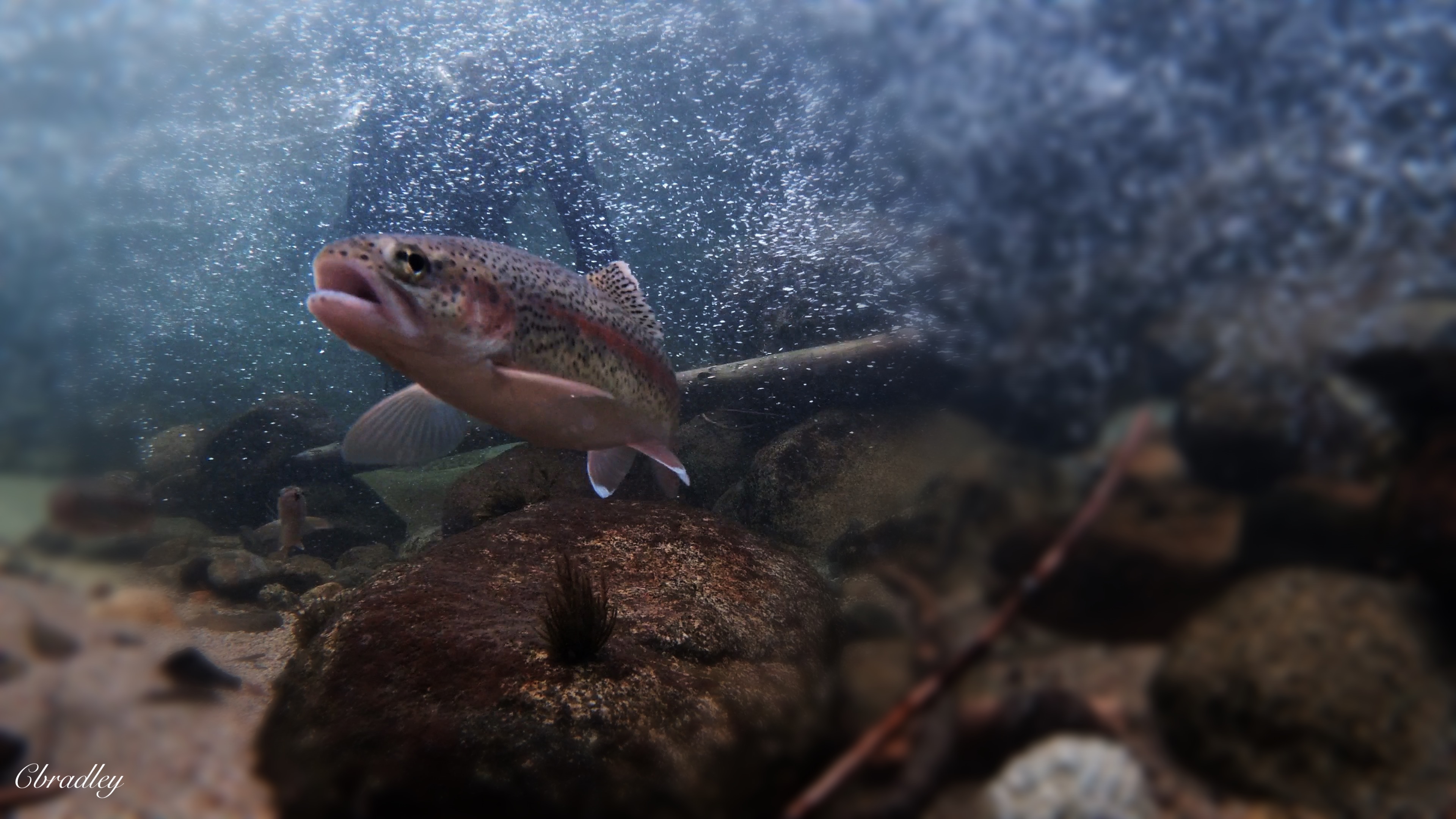
We are excited to see the landowners, resource agencies, our engineering and technical partners, and the restoration practitioners finally come together to complete this project. This will no doubt contribute to improving the resiliency and function of this broken landscape, as well as the goodwill among private property owners and our resource agency partners and project funders.
We wish to thank the State Coastal Conservancy for their long commitment to this project, the California Department of Fish and Wildlife’s Fisheries Restoration and Proposition 1 Grant programs, and the California Natural Resources Agency Environmental Enhancement and Mitigation Program for supporting this Project. And we thank John and Heather for giving up space on their land to allow these natural habitats to recover.
Photo: Chris Bradley.
That's just one project happening at CalTrout's North Coast office.
As we celebrate our organization's 50 year anniversary this year, we are taking the time to highlight all the amazing work being done at each of our regional offices.
Let's check out what else has been going on for the North Coast in the 2021 special update video below.




